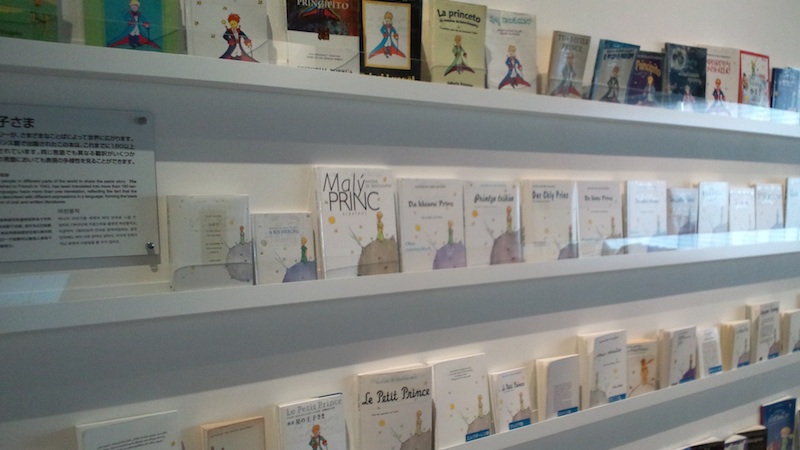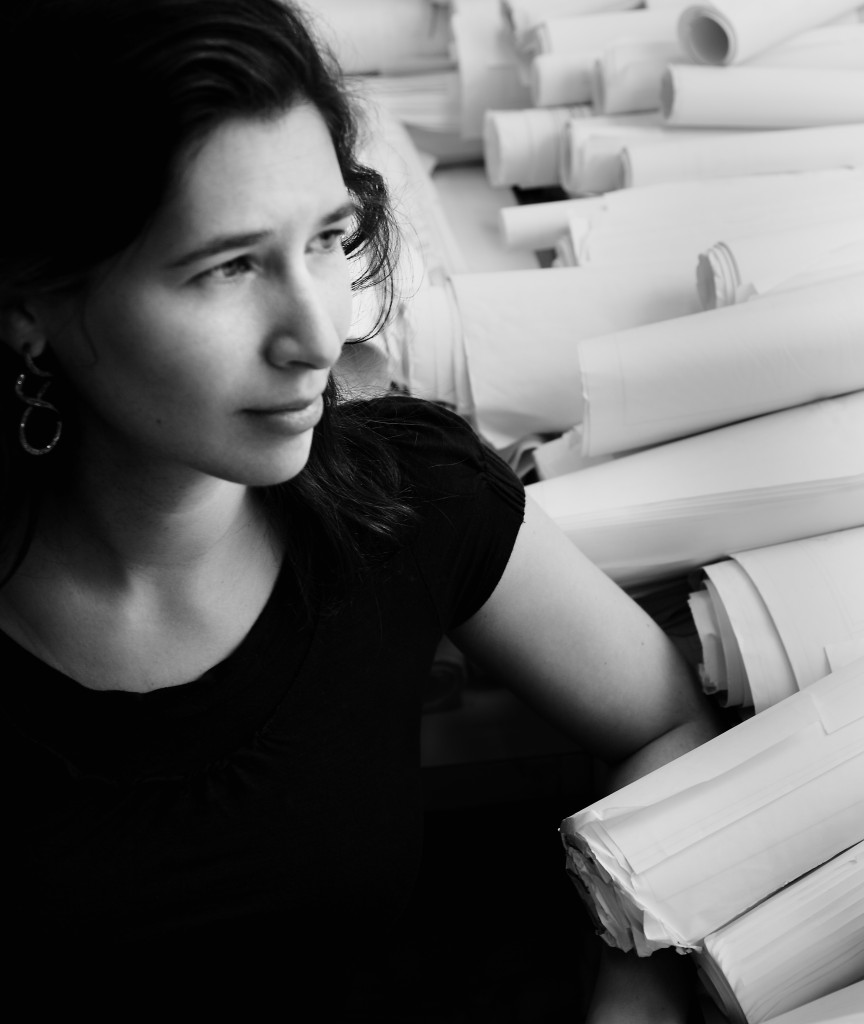Roundtable:
The Place of Cultural Translation
3. What’s New In Literary Translation?
by Idra Novey
The reader’s process of alienation and reorientation lets us examine the purpose and methods of cultural translation. We asked writers and translators working today to share their thoughts and experiences of literary and cultural translation as a space that is perhaps simultaneously “old” and “new” for both the writer and the reader.

National Museum of Ethnography, Osaka: Collection of “Le Petit Prince” translations (Wikimedia)
What’s new in literary translation?
I’d say how similar urban literature is now—at least among writers living in cities where the cafés have free Wi-Fi. Thirty years ago, writers in Santiago or Buenos Aires were living in dictatorships. Their access to innovative literature from the rest of the world was stymied in a million ways. That kind of government control of literature is increasingly impossible with the Internet. In Chile and Argentina now, writers can get hold of any book they want. They find them on their iPads while sitting in a café, just as I do here in Brooklyn. As a result, new urban fiction and poetry coming out of Latin American countries often hinge on the same sort of domestic concerns or quirky fantasies that contemporary American writers explore. Look at Cesar Aira’s Ghosts, which takes place in a half-finished luxury apartment building in Buenos Aires, or Andrea Maturana’s short story collection No decir (To Not Say It), about how secrets play out in upper middle-class Chilean families.
Even in countries that aren’t democracies, the Internet has rapidly and dramatically changed the literary landscape. Writers can set up e-mail accounts on servers beyond government control and use them to communicate with potential translators or publishers of their work abroad. Although she is under extralegal house arrest, the Chinese poet Liu Xia, wife of Nobel Prize winning writer and dissident Liu Xiabo, managed to communicate with PEN American Center and publish some of her recent poems on its website.
Online publishing has allowed far more living writers to make their work known in English than would have been possible otherwise. And many of these authors are women. Trade publishers in the United States are infamous for their resistance to publishing translated writers, but within that problem exists another old problem: We don’t hear much from the women of the world. In a groundbreaking essay about this issue written last year for Words without Borders, Alison Anderson wrote, “For every Clarice Lispector, there is a Roberto Bolaño, Gabriel García Marques or Javier Marías; for every Christa Wolf a Günther Grass, Daniel Kehlman or Peter Stamm.”
Gender disparity continues to be a problem not only among writers publishing in English, but also among writers publishing throughout Latin America and just about everywhere else. The organization VIDA now releases an annual report showcasing how women writers fare each year in literary publications in the U.S. The VIDA count doesn’t look specifically at women in translation, but an awareness of gender disparity in American literary journals benefits everyone. I sent the link for the VIDA report to several women writers in Chile, and we mused about what the numbers would look like there. Would they look worse, or far worse? And who knows, maybe the availability of the VIDA count online will lead to a similar count in another country. Or maybe it will lead to a discussion in some café in Santiago, which might, in time, lead to more awareness of male writers dominating mainstream book review coverage in Chile, which might then spread next door into Argentina, until gradually this small discussion grows into a greater one about what can be done about this disparity there.
Though I appreciate all the possibilities for enrichment that the Internet provides, I am often annoyed with myself for being online instead of finishing the many fantastic, half-read books on my desk. I’ve established a new tradition of turning off all devices by 10 p.m. Before then, however, I let myself enjoy my various i-devices, the thrill of being in touch via e-mail in a matter of seconds with a Bengali poet I met a few years ago, then clicking on Facebook to read the posts from a friend in Venezuela about the massive protests happening in Caracas.
When Goethe coined the term Weltliteratur in 1827, he declared: “The epoch of world literature is at hand, and everyone must strive to hasten its approach.” Almost two-hundred years later, we are nearly there.
•
 Idra Novey is the author of Exit, Civilian, selected for the 2011 National Poetry Series and The Next Country, a finalist for the ForeWord Book of the Year Award in poetry. Her most recent translation is Clarice Lispector’s novel The Passion According to G.H. She teaches in the Creative Writing Program at Princeton University.
Idra Novey is the author of Exit, Civilian, selected for the 2011 National Poetry Series and The Next Country, a finalist for the ForeWord Book of the Year Award in poetry. Her most recent translation is Clarice Lispector’s novel The Passion According to G.H. She teaches in the Creative Writing Program at Princeton University.

One thought on “What’s New in Literary Translation?”